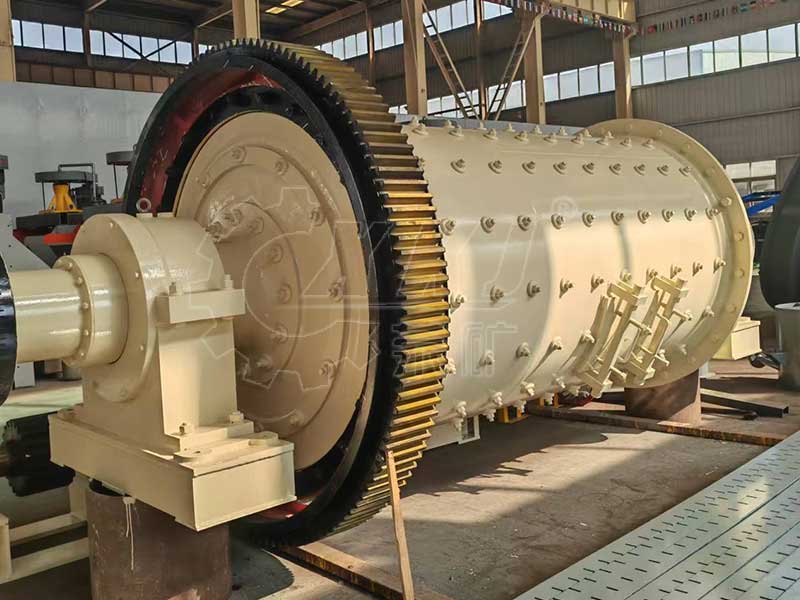Product FAQ
Technical analysis of ball mill selection for grinding ceramics of one ton per hour
1. Process demand analysis
Ceramic raw material grinding has special requirements of high hardness and low pollution. When the production capacity demand is 1 ton/hour, the following parameters need to be considered:
Raw material characteristics: Alumina lining is recommended for ceramic powders with Mohs hardness of 7-8
Fineness requirement: d97≤10μm requires a classification system
Energy consumption standard: Dry grinding power should be controlled at 45-55kW·h/t

2. Key indicators for equipment selection
It is recommended to use MQG2740 model ball mill, with specific parameter configuration:
Cylinder size: φ2.7×4.0m (aspect ratio 1.48:1)
Working speed: 18-22r/min (75%-85% of critical speed)
Loading capacity: 12-15 tons of zirconia grinding media (filling rate 40%-45%)
Drive system: 132kW variable frequency motor + planetary reducer
Cooling system: Cylinder jacket water cooling device (temperature control ≤60℃)
3. Supporting system design
Feeding system: Electromagnetic vibrating feeder (GZ5 type, processing capacity 1.2-1.5t/h)
Dust removal system: Pulse bag dust collector (filtration area ≥120㎡)
Classification system: Optional turbine airflow classifier (processing capacity 1.2t/h)
4. Economic evaluation
The total investment of the equipment is about 100,000 US dollars, and the unit energy consumption is 18%-22% lower than that of traditional equipment, and the grinding medium loss is ≤0.8kg/t. It is recommended to adopt an intermittent operation mode, and the processing time of each batch is controlled at 3.5-4 hours, which can take into account both energy consumption and economy.
Categories
News
Contact Us
Contact: XKJ GROUP
Phone: 0086 138 3714 0277
Tel: 0371-65751333
E-mail: sales01@xkjgroup.com
Add: Xing yang city, Zheng zhou city, Henan province, China